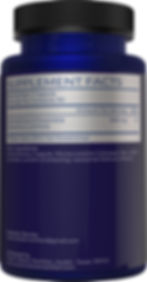
Unlock the Secrets of
Healthy Aging with NMN: Longevity
Discover Our Advanced NMN Supplements.
Clinical studies have shown that NMN significantly improves key health markers. Participants demonstrated notable improvements in cellular NAD+/NADH levels, six-minute walking endurance, SF-36 (a quality of life measure).
New Methods: Have allow our Laboratory to keep producing high quality NMN products.

What’s NMN?
Nicotinamide mononucleotide (NMN) is a naturally occurring molecule found in every living cell of all life forms. At the molecular level, it belongs to a class of molecules called nucleotides, the building blocks of RNA and DNA. Structurally, NMN is composed of three main chemical groups: a phosphate group, a ribose sugar, and a nicotinamide base (see image above). NMN is directly converted to nicotinamide adenine dinucleotide (NAD+), thereby elevating NAD+ levels, which is why NMN is sometimes referred to as an NAD+ booster.
The Importance of Boosting NAD+ with NMN
After water, NAD+ is the most abundant molecule in the body and is necessary for life. NAD+ is a coenzyme — a “helper” molecule that enzymes need to function. Enzymes are a specialized type of protein that make chemical reactions much faster. For example, without enzymes some biological reactions would take 2.3 billion years to finish. Thus, life would likely not exist without enzymes.
NAD+ Activates Sirtuins
NAD+ fuels a critical class of enzymes called sirtuins. Sirtuins are what some call “guardians of the cell,” as they play an active role in repairing DNA and supporting the health of our mitochondria. Mitochondria are referred to as the powerhouse of the cell because they produce cellular energy called ATP. Unhealthy mitochondria produce less ATP, which leads to cell death. Since excessive DNA damage also leads to cell death, sirtuins promote cell survival by repairing DNA and keeping mitochondria pristine.
As David Sinclair, a Harvard geneticist and NAD+ researcher says we lose NAD+ as we age “and the resulting decline in sirtuin activity, is thought to be a primary reason our bodies develop diseases when we are old but not when we are young.” He believes that increasing NAD+ levels, including with NMN during aging may slow or reverse certain aging processes.


















